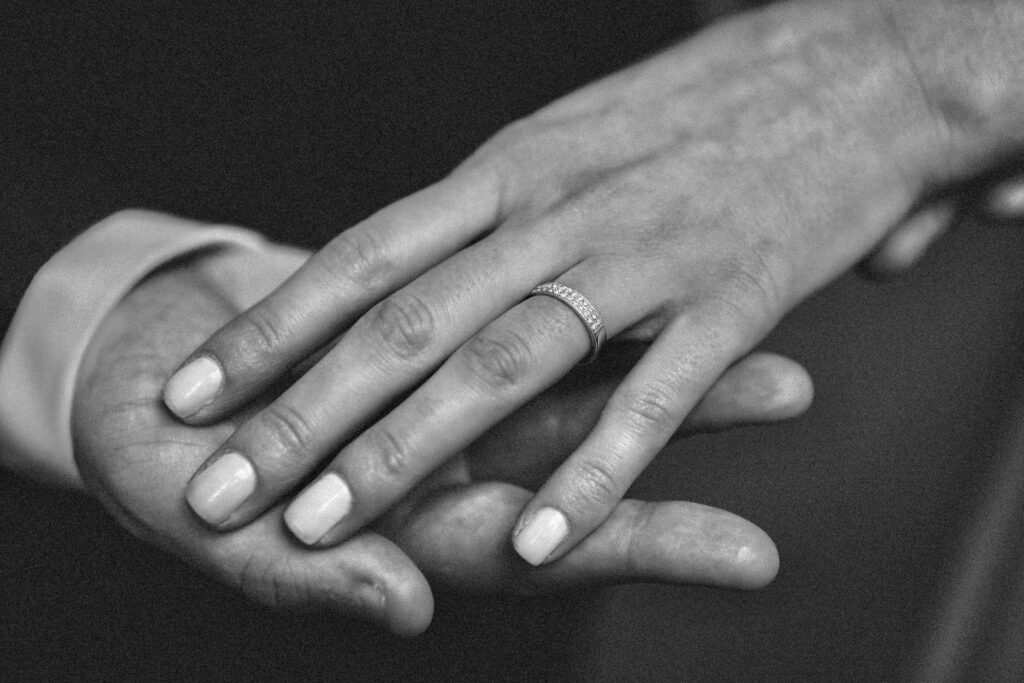When did wedding rings start?
Imagine a world without the sparkle of wedding rings, those small circles of commitment that symbolize a promise of eternal love. As we explore the fascinating world of wedding rings and the intricate dance they share with engagement rings, we uncover not just metal and stones, but a rich tapestry woven through time and cultures.
The tale begins with the ancient Egyptians, who ingeniously viewed engagement rings as emblems of eternal love. Their choice of the circle, representing infinity with no beginning or end, laid the foundation for a tradition that endures to this day. The strategic placement of the ring on the fourth finger of the left hand originated from their belief in the “vein of love” connecting directly to the heart.
Fast forward to the 15th century, and diamonds take center stage in the evolving narrative of wedding rings. Originally a symbol of exclusivity due to their scarcity in Europe, diamonds became more accessible with the late 19th-century “Diamond Rush” in South Africa. This pivotal event reshaped engagement rings, transforming them into universally cherished symbols of eternal love.
The medieval era contributes a touch of chivalry to the story, as knights would propose on bended knee, a gesture symbolizing respect and unwavering devotion. This tradition adds a romantic flair to the timeless process of engagement.
In the modern age, couples are embracing creativity with engagement ring trends. Unconventional gemstones, vintage styles, and custom-designed rings have become expressions of unique love stories. Beyond their aesthetic appeal, engagement rings now symbolize partnership, love, and the promise to share life’s journey together.
Yet, the story doesn’t conclude with engagements; it transitions seamlessly into the realm of wedding bands. Wedding bands, like their engagement counterparts, feature a circular design symbolizing infinity and the enduring nature of love.
Delve into the history of wedding bands, and you’ll discover a rich tapestry of evolution. From ancient Egypt’s hemp and leather rings to medieval Europe’s dual-ring tradition, wedding bands have transformed from simple tokens of love into expressions of wealth and commitment.
The 20th century witnessed diamonds taking center stage, with a brilliant marketing campaign by De Beers elevating them to symbols of eternal love. Today, couples are celebrating individuality, opting for unique designs that tell their love story, be it through colorful gemstones, unconventional metals, or personalized engravings.
As we exchange these small circles, we become part of a tradition that transcends time and continents – a tradition that celebrates the enduring and beautiful circle of love. The history of wedding rings is a testament to the timeless nature of this symbol, connecting generations through the universal language of love.

